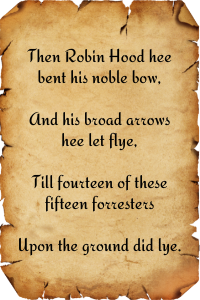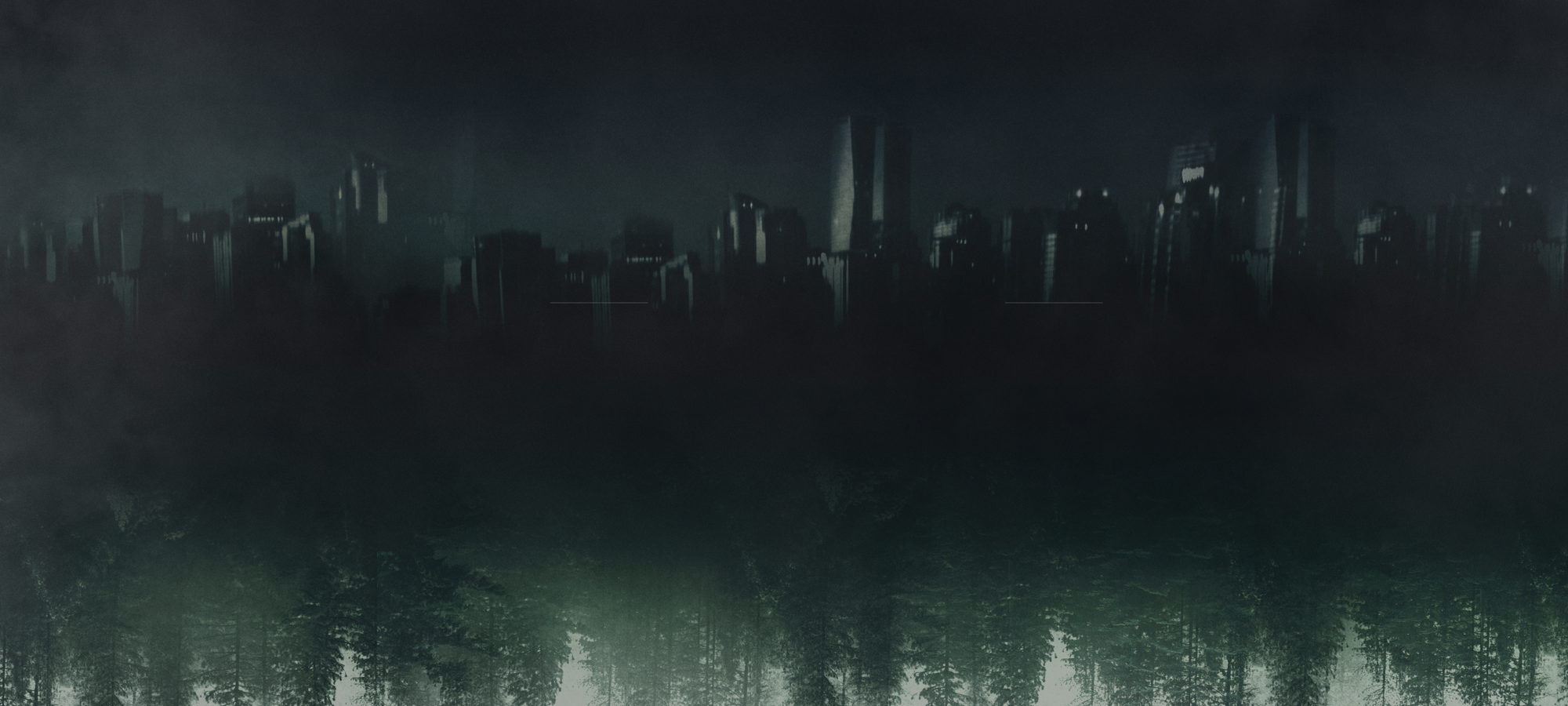By Anne de Korte
Robin Hood is a character that has spoken to people’s imaginations for over 600 years and to this day he is one of the most beloved fictional characters. It’s not often a character or story stands the test of time like Robin Hood does. Although in many ways the world has changed since the 14th century, the legend never feels out of date. The injustice he fought against is something we have been unable to eradicate. To this day, Robin represents an ideal we haven’t been able to live up to yet and that makes him a timeless character.
But before we dive into Robyn in the World of HOOD, let’s take a look at what came before.
Where it all began…
A long time ago in the 1370s, it’s the first time (that we know of) that the legend is referenced. The “rhymes of Robin Hood” appears in the alliterative poem Piers Plowman. From here many additions to legend arose, with the earliest ballad “Robin Hood and the Monk” printed in the 15th century. (Check out one of the full ballads in our Stories section)

For a long time, Robin was just an outlaw without any explanation of how he came to be one. It wasn’t until the 17th century that various stories were written to explain his outlaw status. As with the ballads themselves, these stories varied in tone from Robin being outlawed for being in debt, to Robin rescuing Much the Miller’s son from the sheriff for killing the king’s deer, to the most gruesome in which Robin killed – yes, killed – fifteen men because he won a wager and they refused to pay up.
Robin Hood’s progress to Nottingham (No.139 From The English and Scottish Popular Ballads by Francis James Child, 1888)
Robin’s more reckless nature and harsh treatment of enemies in this story was not a rarity. It was something more consistent with the even older versions of the legend, where he was known to often behead his enemies. This is something that got lost in the more child-friendly versions that we are more familiar with these days.
Another thing that varies between adaptations is Robin’s status in society. Within the oldest version Robin is referred to as a “yeoman”, which refers to social status just above a regular peasant, but by no means nobility. His elevation to nobility happened somewhere in the 17th century, where he was presented as the Earl of Huntingdon. A representation that lasted into most of our modern adaptations.
But of course, there is one thing that doesn’t vary from one ballad to another. And that is what Robin stood for. Throughout the centuries up until our version of the character, Robin is most known for stealing from the rich to give to the poor and helping those who are in need of help.
The Robins that have come before…
For many people, the ultimate Robin Hood is the portrayal by Errol Flynn in the Adventures of Robin Hood (1938). Although wearing tights, he was bold, charismatic and a true leader, willing to die for the cause. His presentation of the character was one of the most fun ones, without becoming ridiculous. And he clearly enjoyed himself in the process, and brought the exact balance between a charismatic, rebellious trickster and serious leader fighting injustice to the role.
For my generation (I’m the sweet age of 35) our view of the character was shaped by the immensely lovable fox Robin in the 1973 Disney film and the far more serious Kevin Costner in Robin Hood: Prince of Thieves (1991) – thank god, there was the brilliant Alan Rickman to lighten up this film. And we of course have Cary Elwes’s hilarious portrayal in the parody Robin Hood: Men in Tights (1993). If you haven’t seen this film yet, go check it out.
That more upbeat, child-friendly portrayal of the character changed in the 2010 adaptation with Russel Crowe in the lead role that took a far more serious turn. His Robin was broody and deadly serious and had lost most of his fun, charismatic side. The 2018 release with Taron Egerton depicting the hero is also more along these same lines and somewhat underwhelmed the audience.

Robin Hood of the future…
Robin has been portrayed in many different ways, but what most of them have in common is one-dimensional portrayal that avoids giving him flaws. And that is something that we are very interested in. The good thing is that we have the full scope of a TV series to pick apart her character instead of being limited to a 90–120-minute film. We want our Robyn to be a fully fleshed human being, with strengths and noble traits, but also with flaws and imperfections.
Obviously, one major change we made was to make the main character a woman. (Read more about the Amazing Women in the World of HOOD.) Of course, our Robyn will still have the traits that define the character of the legend. A strong sense of justice pushes her to stand up to her foes and a kind heart causes her to protect those less fortunate. But like the original legend, our Robyn possesses a darker side. Not only does her pride and arrogance drive her to make reckless decisions, she can also make immoral choices to obtain what she thinks is necessary. How far her dark side reaches, is something you will find out…
Another big change we made to the Robin Hood story was to make the relationships between Robyn, King John, and the Sheriff of Nottingham much more intertwined. Three of them have known each other for their entire lives and at various times have been very close. This allows for a more complex and layered way to explore these characters and how they became the people they are today. None of us exist in a vacuum, and neither do the characters of HOOD.
Sound Off
Who was your favourite Robin Hood? What character traits do you think define Robin Hood? Let us know what you think in the comments. And stay tuned for our next character post about Robyn’s sister Philippa, The Sheriff of Nottingham.

